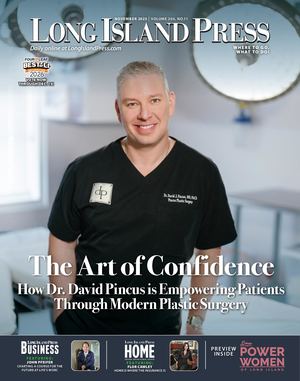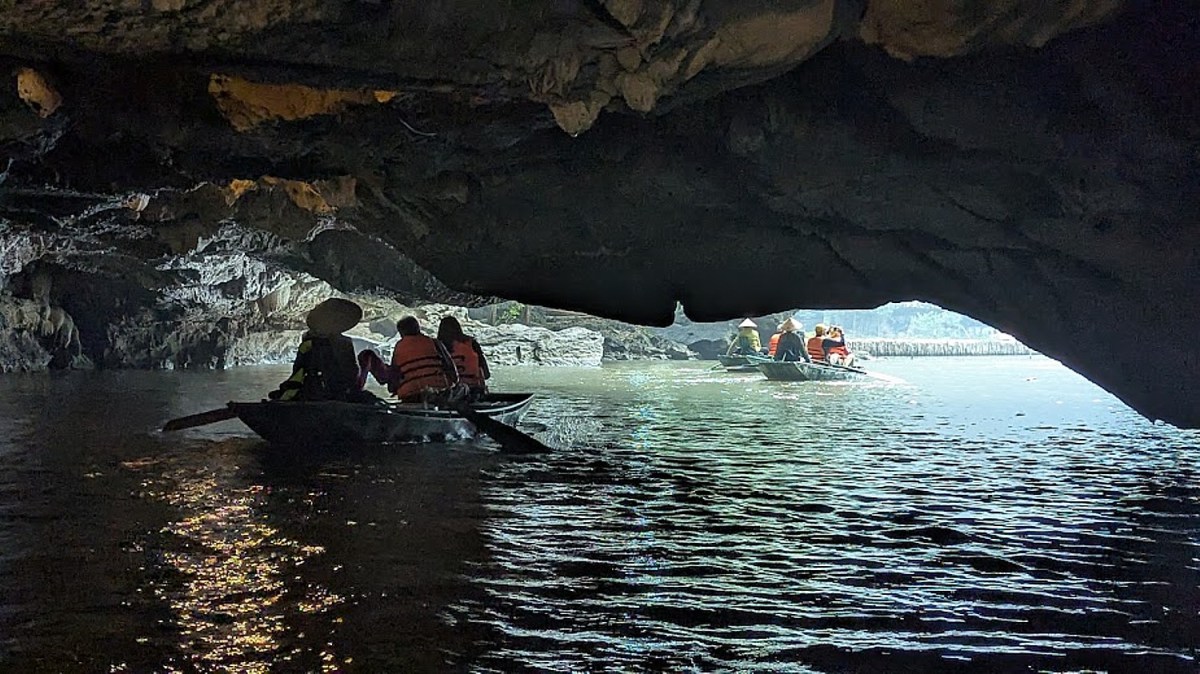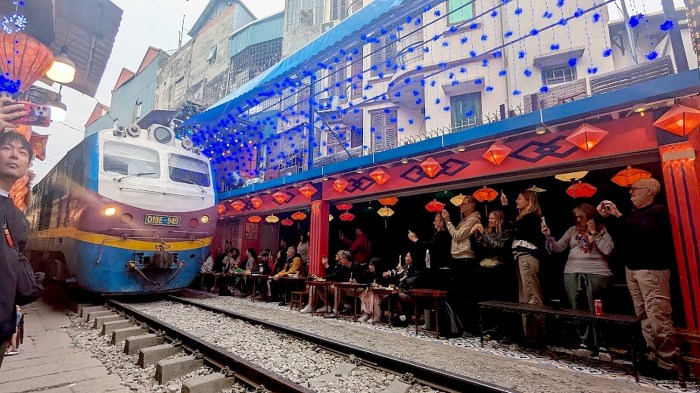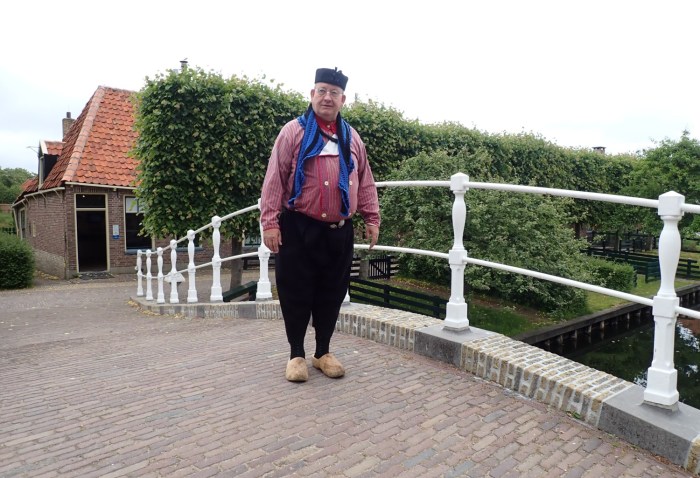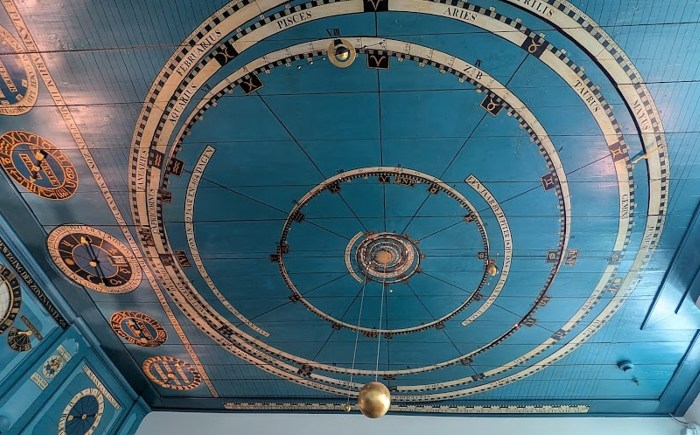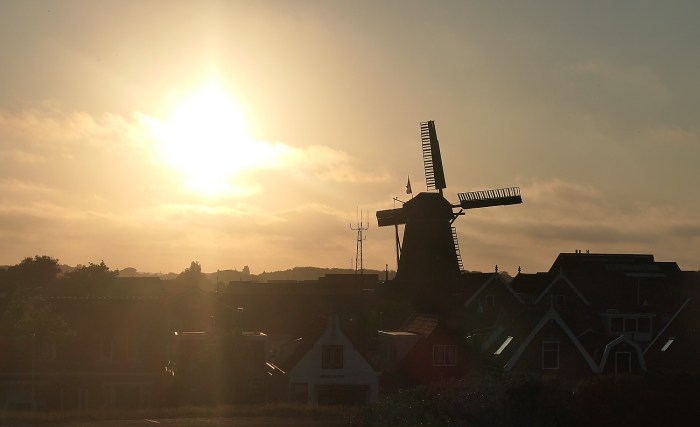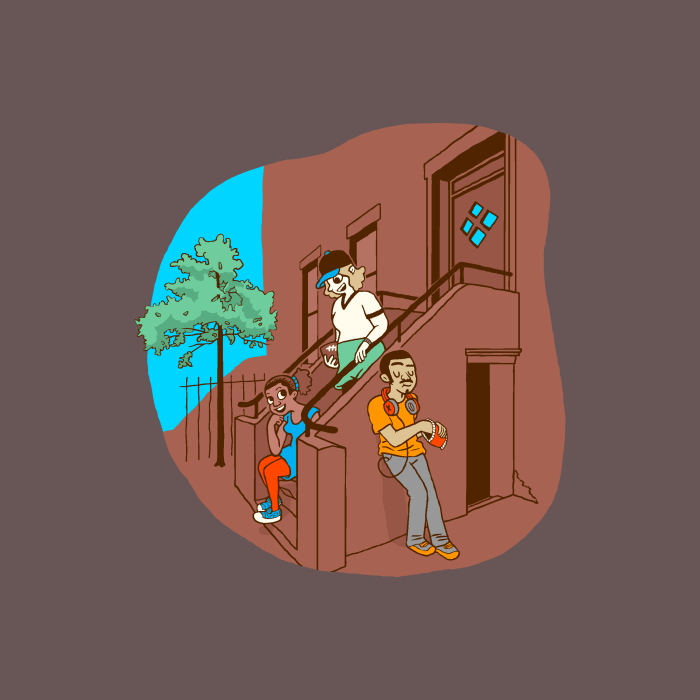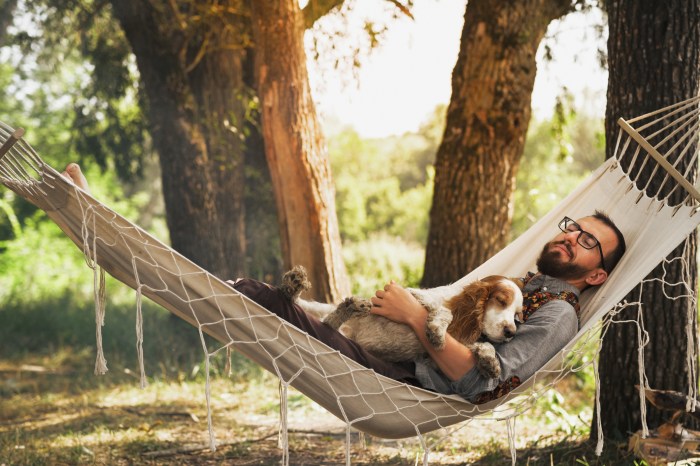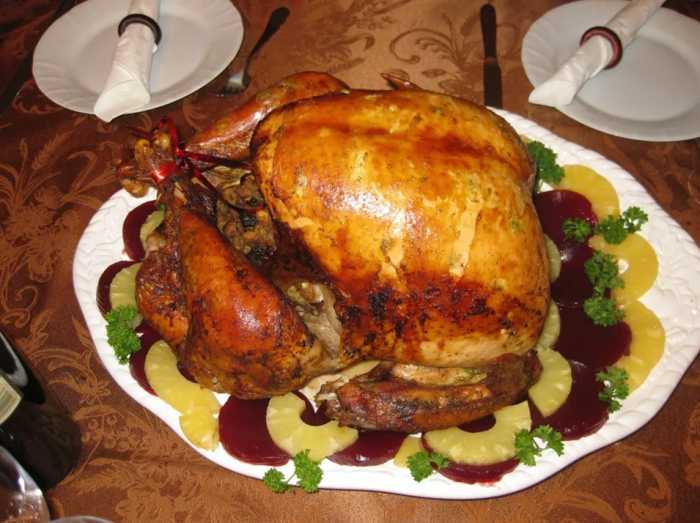By Karen Rubin, Travel Features Syndicate, goingplacesfarandnear.com
One of the most heavenly experiences in Ninh Binh, Vietnam, is to visit Tam Coc (three caves), a peaceful valley set amid karst hills. Here we are rowed along a gentle river between paddy fields and through the trio of caves on a traditional wooden boat where the oarsperson paddles using her legs and feet. It is inexplicable how the oarsmen (most are women) are able to maneuver.


The endpoint of this thrilling and gorgeously scenic water route is a Tran Dynasty temple where Saint Quy Minh Dai Vuong, an earth and water deity, and his wife are worshipped. It is mind-blowing to realize the temple was first constructed 1000 years ago during the Dinh dynasty.“The Temple contains four stone pillars, each of which is a piece of art that our forefathers left behind for posterity, but which remain a mystery, with clever, artistically carved patterned borders. The spirits were known to the ancients as Long (dragon), Ly (Qilin, a unicorn, part dragon, part horse), Quy (turtle) and Phuong (phoenix) – indeed, the four sacred animals we had seen during the Water Puppet cultural show in Hanoi.


This is our third morning on Discovery Bicycle Tours’ 12-day Vietnam cultural tour, and after a fabulous breakfast at the Emeralda Ninh Binh Resort, we travel by bus through the picturesque countryside. It will also be our first day biking in Vietnam.


After lunch at a local restaurant, we pick up our bikes and set out on our first bike ride.

We turn off local roads to cycle among the rice paddies and our guide, Nguyen Hong Phong, stops to explain the rice culture that has been so fundamental to Vietnam for 4000 years. (I can see how the “water puppets” we saw in Hanoi reflect this wet rice culture.)

Before 1986, communal farming prevailed – the property was owned by the government and the farmers earned a share (theoretically equal but apparently not really, Phong suggests). But production wasn’t sufficient and people didn’t get enough rice.
Phong tells us that when he was a boy, his biggest wish at the Lunar New Year was to have enough food and clothes without stitches. When there wasn’t enough rice, they would mix in corn, tapioca, and “privately, secretly” catch snails, snakes, rats from the rice paddies. Even dogs and cats were protein for people.

But a new law in 1986 allowed private ownership and open markets. The government divided up the land among the farmers. By 1996, Vietnam produced enough rice not only to feed its own population but to export, becoming one of the biggest rice exporters in the world.

But a new problem has arisen because young people can make more money in factories than on the farm, and farms are being abandoned or farmers have to hire workers.

Phong explains the process: dropping a seed and the sprout grows, within one month to 20 cm high, then the sprout is uprooted and transplanted. They have to build fences to keep out rats, mice, and fill with water to stop snails. After 3 ½ months growing, the rice plants are put into a nursery for one month more. By the time the plant is one meter tall, ripened to yellow, it is cut by hand or machine.
We learn how every part of the rice crop is utilized. But what I don’t understand is why white rice prevails even through the lean years of hunger and deprivation, when brown rice would be more nutritious and less costly to produce.
We stop along our cycling route to visit a community cemetery for war soldiers. Between 1945 and 1975, 3 million died in war, including one million soldiers. “Each community has a memorial, with the remains and the name of the person who died for freedom.” July 27 is the Day of the War Soldier, when families come and burn incense. A white flower on the grave indicates the soldier died without a family, a yellow flower denotes the soldier had family. We see the ages of these fallen soldiers, some as young as 18.
Biking to Hoa Lu, Ancient Capital City
After pedaling through several villages set amid a landscape of magnificent limestone peaks, we reach Hoa Lu. Hoa Lu was the capital of Vietnam from 968 to 1009 during the first two imperial dynasties of Vietnam: the Đinh founded by Đinh Tiên Hoàng, and the Early Lê founded by Lê Đại Hành. When the Lê dynasty ended, in 1010, Lý Công Uẩn, the founder of the Lý dynasty, transferred the capital to Thăng Long (now Hanoi),60 miles away, and Hoa Lư became known as the “ancient capital.”

Here, we visit two temples – one dedicated to Emperor Dinh and the other in memory of Emperor Le – both with exquisite wood carvings and statuary.

At the entrance is the “stone dragon bed,’ where the king would have gotten off his elephant transport and walked the central path through the archway into the temple, while the mandarins entered through the sides.
Phong relates that in a feudal society, when a king passes away, they build several mausoleums so people don’t know where his actual body is buried – those that buried him are killed to keep the secret.
The thought occurs to me: To go from a king who can execute and torture at will to a dictator, even one who imprisons, tortures, and kills dissidents to preserve power but nonetheless is focused on bettering the lives of his people rather than his own aggrandizement, was a step up for the Vietnamese. But for us who are used to “rule of law”, “due process”, “equal rights”, “no man is above the war,” “justice without fear or favor,” and the ability to vote out an elected official, to find ourselves under the thumb of a dictator who politicizes justice, rules by violence, extortion, intimidation and oppression for his own benefit, is horrifying.
Also, what a difference peace makes to progress and quality of life.
We have a brief visit to the Old Palace.
We continue biking and stop at a cemetery– one of many we see in these rice paddies. Phong tells us it is common for the families to build a tomb for their ancestors within their allotment.

Driving on the highway, we stop at one of several modern rest stops which also house handicraft shops employing people with disabilities. This one employs some 500 people and specializes in really fine embroidery (others specialize in painting, sculpture, lacquerware and other crafts)
The manager who greets us explains that these handicraft shops were opened in 1996.”Before they worked here, they stayed at home and couldn’t work. Now they get trained and can support themselves and their family. They have housing and are bused from home.”

We watch how these craftspeople embroider these magnificent scenes that match a photo. The manager says it can take 2 ½ months to make one smaller embroidery, 4 months for medium sized and 8 months for large; 65% of the purchase price goes to the worker.
These folks have really perfected capitalism. The general manager finishes his introduction saying, ‘It’s the new year. We give good price. No tax.” They make it easy to spend US dollars, use credit cards and ship purchases home.
It’s a private company but gets support from government, so I ask Phong, “so this is a private non-profit”? “Nothing is ‘nonprofit’” he replies with a note of cynism. (He made a similar reply when describing how after the Communists took over government, ostensibly to give equal portions, he snidely inserted, “of course, nothing is really equal.”)
Later I ask Phong about taxes people pay and am surprised that they are similar structure to what we pay: under $500 income, no tax, then a progressive rate up to 35% based on income that includes their equivalent of social security, plus 2% for health care. With health care, they also have some covered and some out-of-pocket expense but I can imagine the cost of their health care is a fraction of what we pay in the US.
We stay for a second glorious night at the magnificent Emeralda Resort, sprawling like its own village with a palace-like entrance, outdoor and indoor pools, kids club, restaurants, and rooms the size of apartments. I get in a swim before enjoying a fabulous dinner together at the restaurant.
The next morning, we head to Bai Tu Long Bay for an overnight cruise on the Dragon Legend.
Discovery Bicycle Tours, 2520 W. Woodstock Rd., Woodstock, VT 05091, 800-257-2226, 802- 457-3553, info@discoverybicycletours.com, www.discoverybicycletours.com
Next: Dragon Legend Cruise on Bai Tu Long Bay
_________________
© 2025 Travel Features Syndicate, a division of Workstyles, Inc. All rights reserved. Visit goingplacesfarandnear.com and travelwritersmagazine.com/TravelFeaturesSyndicate/. Blogging at goingplacesnearandfar.wordpress.com and moralcompasstravel.info. Visit instagram.com/going_places_far_and_near and instagram.com/bigbackpacktraveler/ Send comments or questions to FamTravLtr@aol.com. Bluesky: @newsphotosfeatures.bsky.social X: @TravelFeatures Threads: @news_and_photo_features ‘Like’ us at facebook.com/NewsPhotoFeatures
